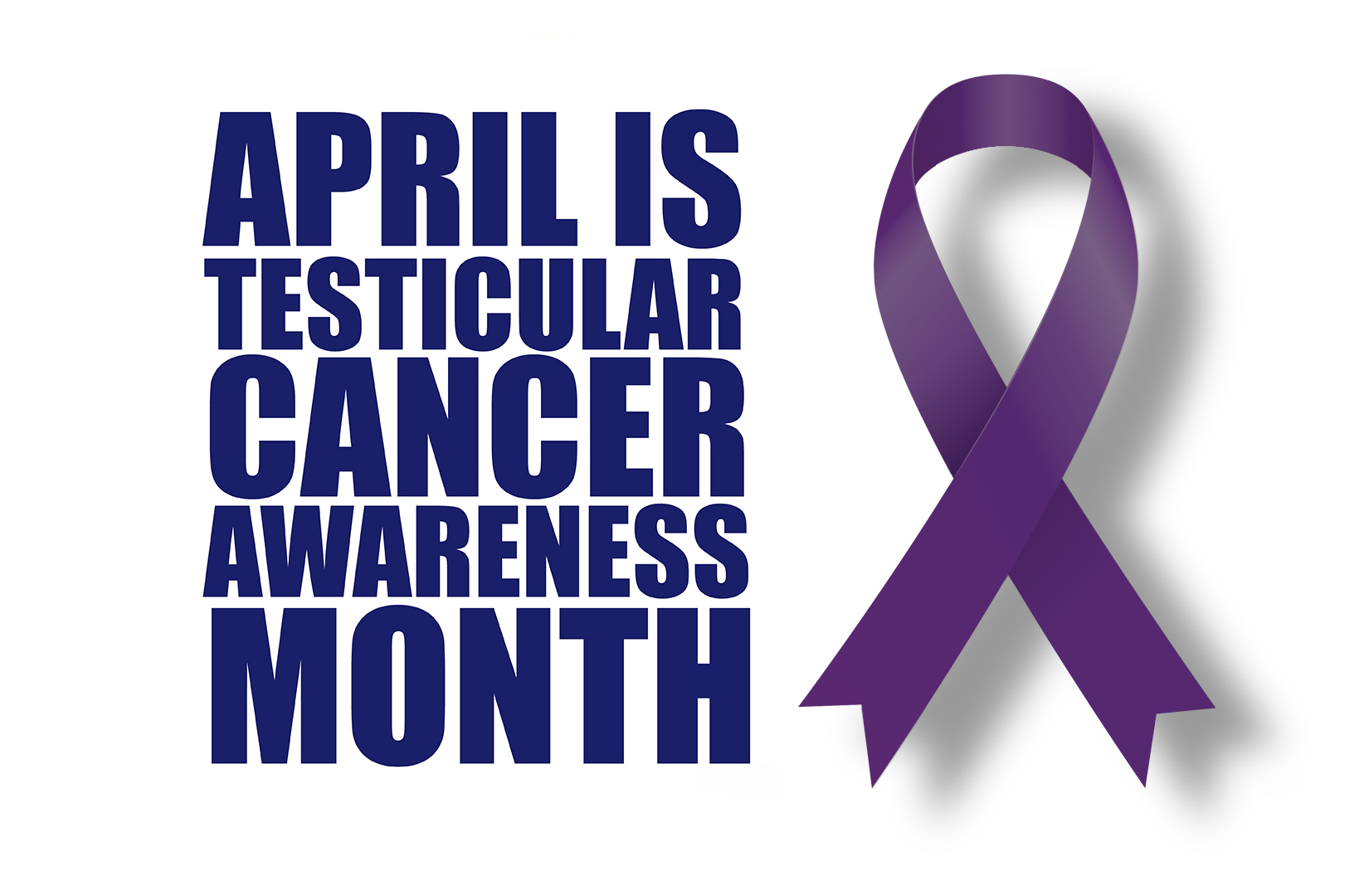
How Common is Testicular Cancer?
While we have learned over the years that testicular cancer is less common than other cancers, such as prostate or breast cancer, and that there are great post-treatment outcomes, it is still the “most common solid tumor cancer diagnosed in young men.”1
Dr. Jennifer Linehan, Associate Professor of Urology and Urologic Oncology, and Director of Translational Research at Saint John’s Cancer Institute echoes similar facts and findings in her work, providing, “When you’re younger, you’re more likely to have testicular cancer from the age of about, sometimes even 18, all the way up until your late forties.”
I highly recommend that you be doing self-exams at home or in the shower…
– Jennifer Linehan, MD
While there is a “high degree of cancer-free survival,” according to Dr. Linehan, early identification translates to optimal clinical outcomes as with other cancers. Thankfully, men can self-evaluate and identify changes or abnormalities before conditions manifest.
Dr. Jennifer Linehan explains the basics of testicular cancer and treatment.
Dr. Linehan recommends self-evaluation to reduce the future risk of testicular cancer.
Here is what to look for with testicular cancer:
- Tenderness in the testicle
- Firm or hard areas in the testicle that vary from one part to another
- Feeling something abnormal when comparing the testicles
Sounds easy enough. What are my odds?
Factually, testicular cancer is diagnosed the most in males between the ages of 15 and mid-thirties. Approximately 3,000 new cases of testicular cancer in the U.S. in 2020 among men aged 20 to 29 and approximately 3,100 new cases among people aged 30 to 39.
So if the average age of diagnosis is 33, according to the American Cancer Society, you may need to start or increase your self-evaluations based on your age. It’s the one paired organ that exists outside the body for men, which makes it all the less complicated. If you happen to discover something, the next step is to get an ultrasound. If only it were that easy.
Make sure you’re not feeling anything abnormal. And if you do, let your doctor know so we can get a testicular ultrasound
– Jennifer Linehan, MD
Deaths relating to testicular cancer were less than 500 in the U.S., while just fewer than 10,000 globally. Typically, 95% of males will live at least 5 years after their diagnosis. With that statistic in mind, it is predictable that testicular cancer can be treated successfully, where the lifetime risk for men is about 1 in 5,000.3
I think men find this scary because there is this risk of losing the testicle, which sometimes does have to happen.
– Jennifer Linehan, MD
Dr. Linehan also indicates that if a testicle needs to be removed, implants are possible, particularly for younger men. Furthermore, men tend to carry on very well with just one testicle, remaining fertile and still producing adequate amounts of testosterone throughout their lifetime. And as with other cancers, you should stop smoking if you haven’t already, eat well, sleep well, and get off the couch.
Learn more about testicular cancer:
Conditions: Testicular Cancer – Signs, Symptoms, Risk Factors, Stages and Diagnosis
Physician’s Bio: Dr. Jennifer Linehan
For questions regarding testicular cancer or have a suspicion, contact Dr. Linehan today to get answers at 310-582-7137, or click here to request an appointment online. We are ready to help.
Sources
1Yang, David, MD. (April, 2023). Speaking of Health. Young man’s disease: Testicular cancer.https://www.mayoclinichealthsystem.org/hometown-health/speaking-of-health/young-mans-disease-testicular-cancer.
2American Cancer Society. (2023). Key Statistics for Testicular Cancer. https://www.cancer.org/cancer/testicular-cancer/about/key-statistics.html
3 American Cancer Society. (2023). Testicular Cancer Survival Rates.https://www.cancer.org/cancer/testicular-cancer/detection-diagnosis-staging/survival-rates.html.



